When seal degradation is left unchecked in oral care and hygiene devices, the result can be more than just cosmetic wear. A compromised seal allows moisture and organic debris to accumulate internally, creating the perfect environment for bacterial regrowth. Over time, this invisible contamination can undermine product safety, degrade user experience, and expose manufacturers to significant liability. So is this problem preventable? With proactive design and production measures, the answer is a resounding yes.
Seal degradation is the process by which gaskets, O-rings, or adhesive barriers lose their integrity. This can occur for several reasons:
Once these seals fail, pathways open for moisture infiltration and microbial contamination.
Bacterial colonies thrive in warm, damp spaces. When a degraded seal allows saliva, cleaning fluid, or even tap water to seep into the device:
This process fuels bacterial regrowth, which can persist despite surface cleaning. Company web: https://www.powsmart.com/product/electric-toothbrush/
For OEMs and distributors, identifying seal degradation before bacterial contamination escalates is critical. Look for these early indicators:
Routine visual inspections and periodic pressure tests help catch leaks before they become systemic.
To stop seal degradation and control bacterial regrowth, manufacturers can adopt proven best practices:
When combined, these measures help maintain a sterile internal environment over the entire product lifecycle.
Even with excellent engineering, defects occasionally occur. Leading manufacturers can protect partners by:
Clear documentation and transparent warranty support reassure distributors and retailers that user safety is always a top priority.
Unlike cosmetic blemishes, seal degradation combined with bacterial regrowth is a potentially serious health hazard. However, this threat is fully preventable with robust design, disciplined manufacturing, and proactive maintenance protocols. By taking these steps early, B2B suppliers protect end users, strengthen brand reputation, and stay ahead of increasingly strict hygiene regulations in global markets.
Conclusion
If you’re designing or sourcing oral care equipment, remember: a small seal can be the most critical barrier between your device and contamination. Invest in premium materials, enforce rigorous testing, and empower customers to maintain their devices correctly—so seal degradation and bacterial regrowth never have the chance to become a problem.Contact us
.jpg)
.jpg)
Battery Overheating Inducing Ear Discomfort – Dangerous?
Head Detachment During Lip Abrasions – Design Fault?
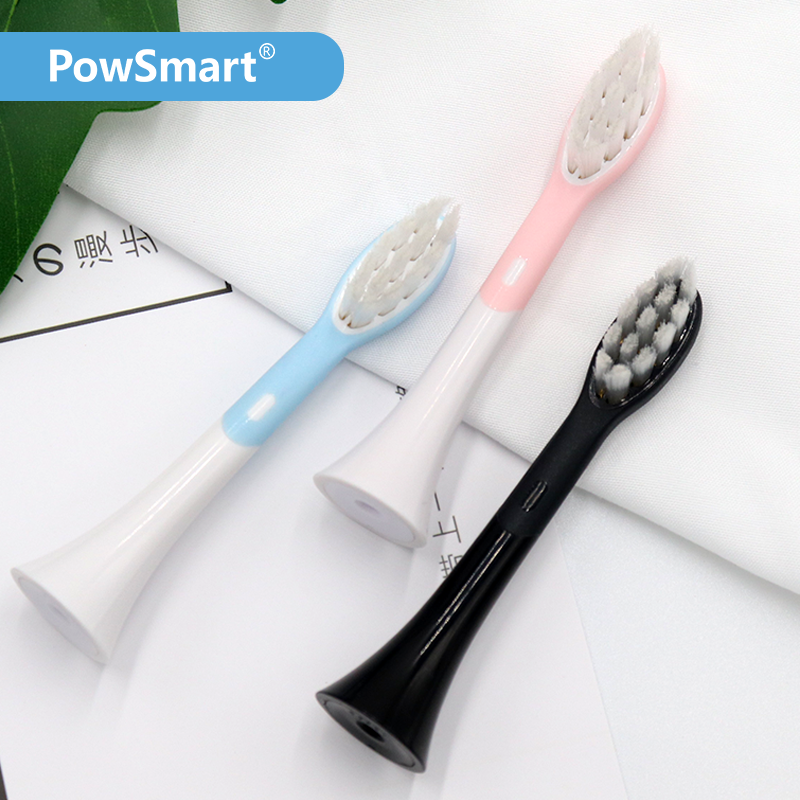
The Brush Head Was Shedding Bristles While Brushing My Teeth
Cleaning Residue Plus Bristle Hardening – Double Trouble?

Factory Audits: Ensuring Electric Toothbrush Manufacturer Quality
Pressure Overkill Leading Sensitivity Spikes – Painful?
Charging Corrosion Causing Motor Burnout?

Retail Merchandising Tactics for Oral Care Products: Strategies for Brands Seeking Manufacturing Partners
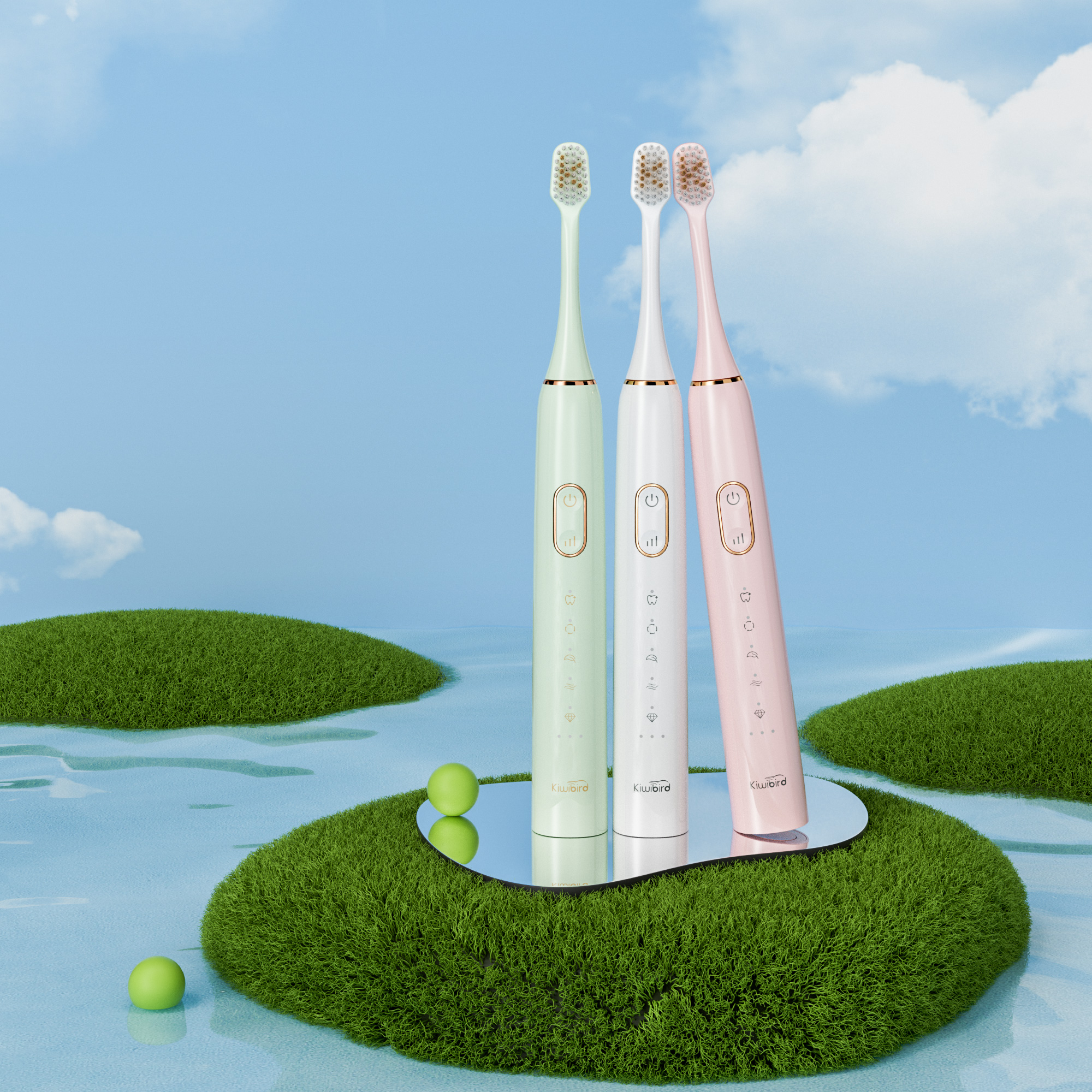
Does Clinical Gum Mode Really Work?
Handle Cracking and Sinus Pressure – Related?
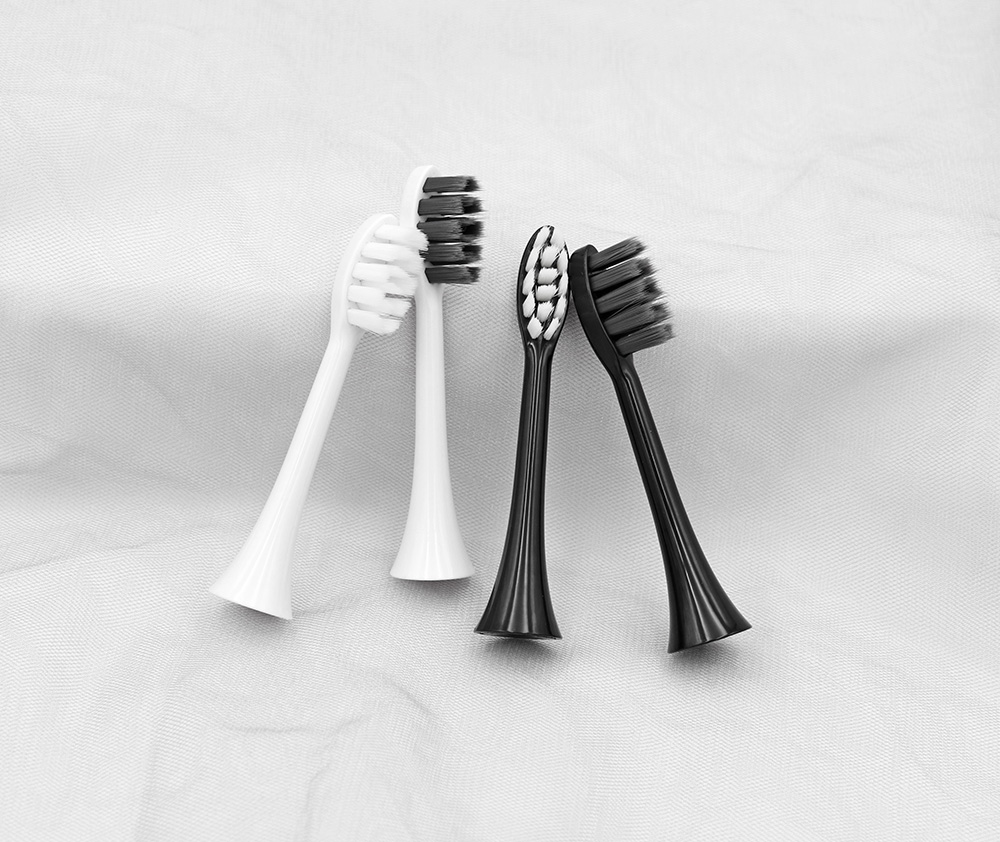
Multi-Color Electric Toothbrush Head Options – Custom Branding for Kids & Adults
Taste Loss After Mucosal Burns – Whitening’s Cost?
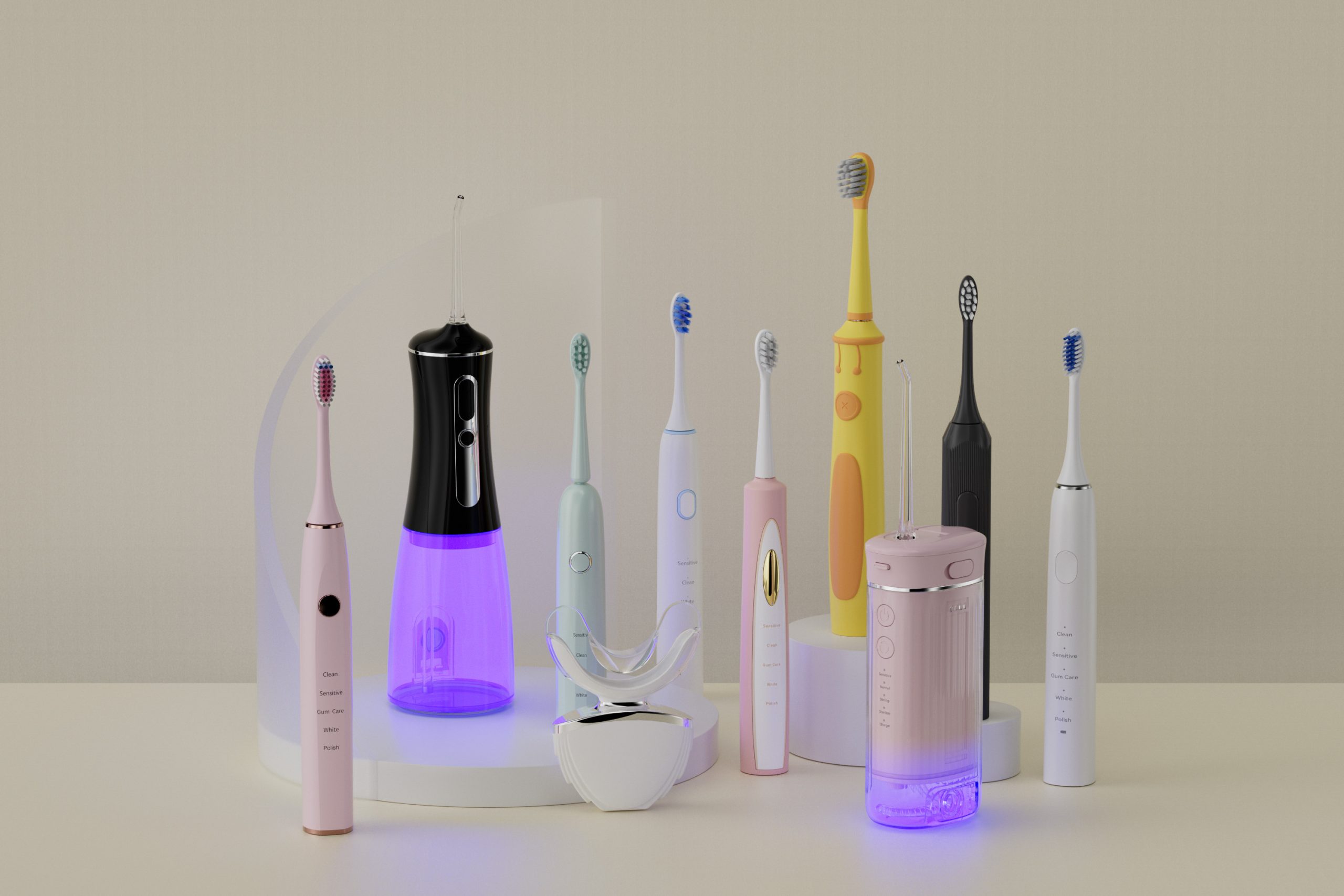
Premium Oral Care Product Selection Strategies in the Consumer Upgrade Era
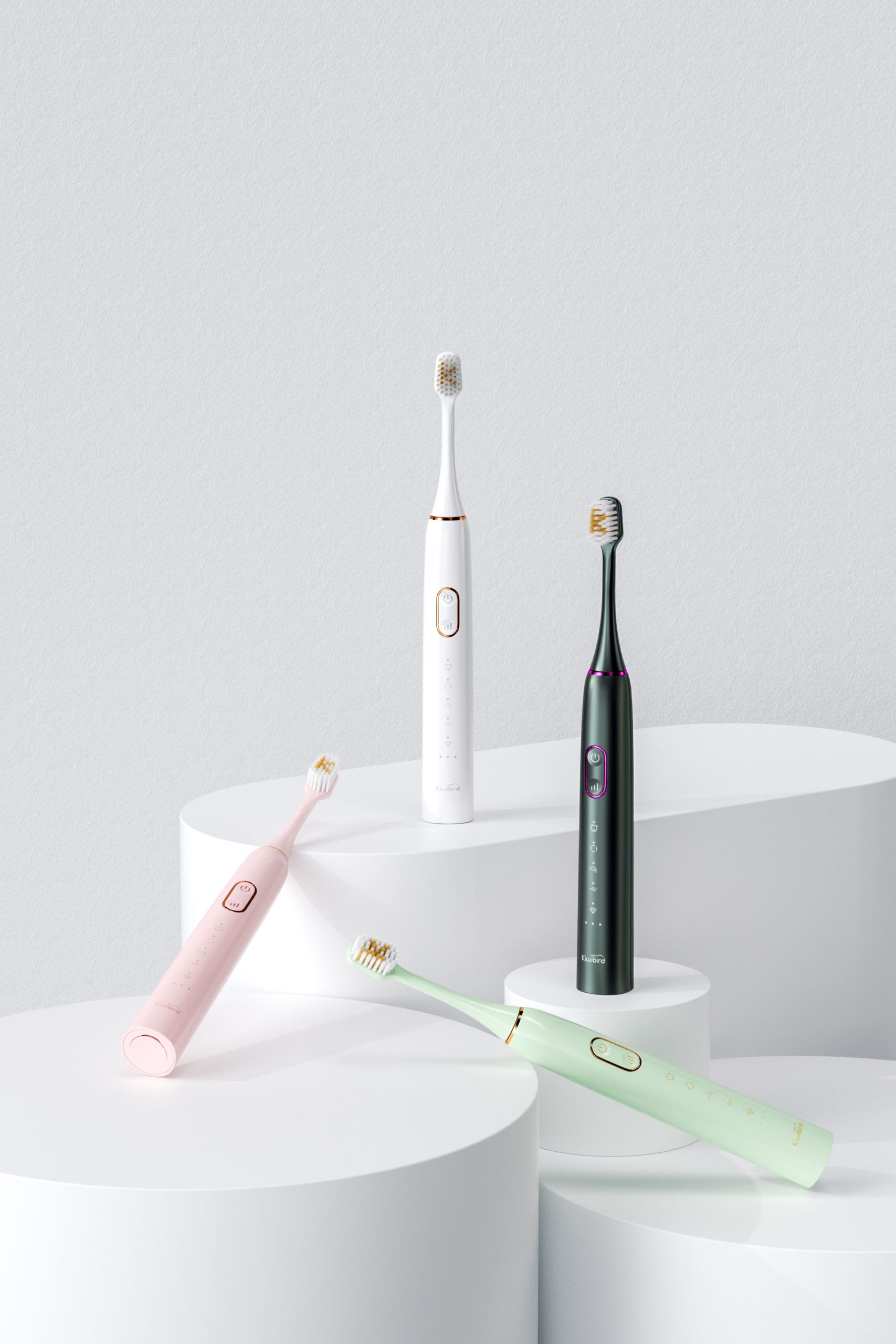
Is Whitening Possible for Sensitive Teeth?

Orthodontic Electric Toothbrush for Braces – Deep Cleaning Bristle Design

comprehensive oral care solutions: Why Consumers Prefer Them

electric toothbrush heads Regular Clean
.jpg)
Florida Electric Toothbrush – Powsmart PTR-C8

Electric toothbrush heads Charcoal Infused-Diamond

electric toothbrush heads Charcoal Infuse-Round

electric toothbrush heads Deep Clean

electric toothbrush heads Ultra Soft

Private Label Whitening Gel

Customization Teeth Whitening Gel
whstapp
whstapp
National Toll-Free Service Hotline
+86 755 86238638